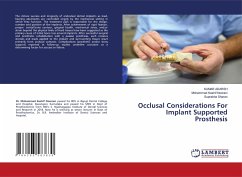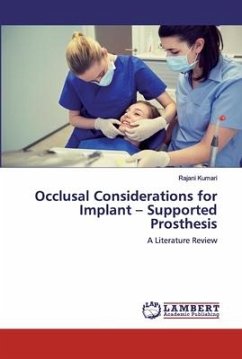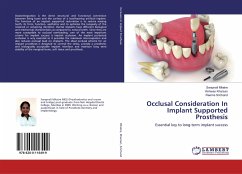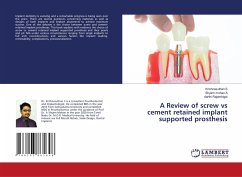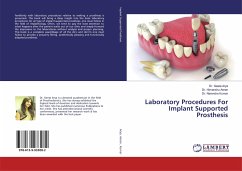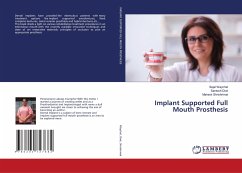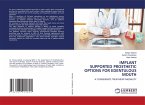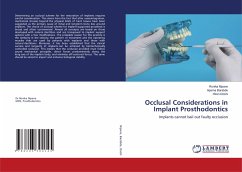The clinical success and longevity of endosteal dental implants as load-bearing abutments are controlled largely by the mechanical setting in which they function. The treatment plan is responsible for the design, number and position of the implants. After achievement of rigid fixation, proper crestal bone contour, gingival health, mechanical stress, and/or strain beyond the physical limits of hard tissues have been suggested as the primary cause of initial bone loss around implants. After successful surgical and prosthetic rehabilitation with a passive prosthesis, such noxious stresses and loads applied to the implant and surrounding tissues result primarily from occlusal contacts. Complications (prosthetic and/or bony support) reported in follow-up studies underline occlusion as a determining factor for success or failure.
Bitte wählen Sie Ihr Anliegen aus.
Rechnungen
Retourenschein anfordern
Bestellstatus
Storno

